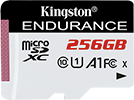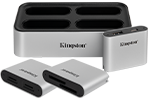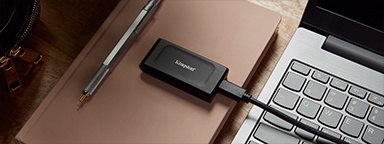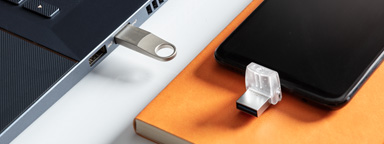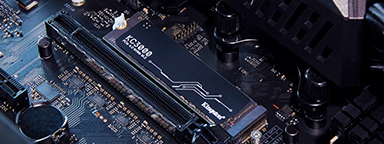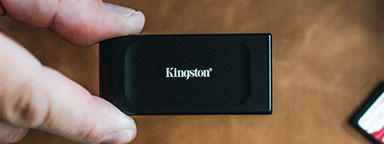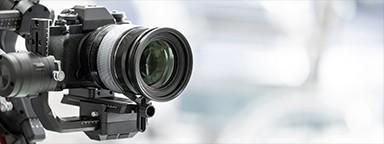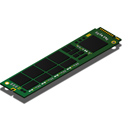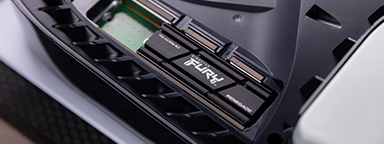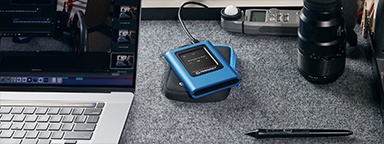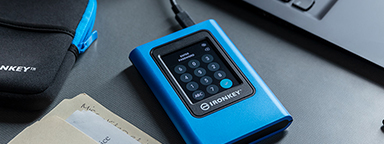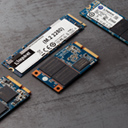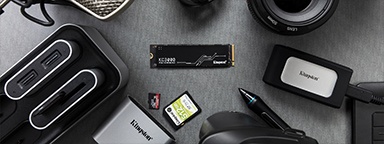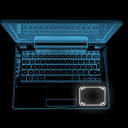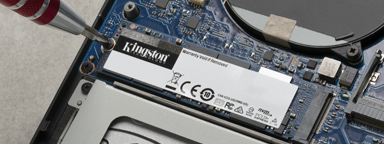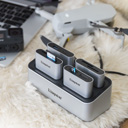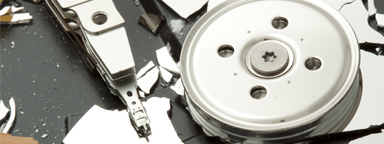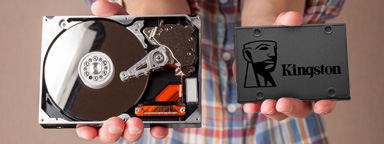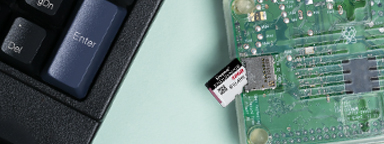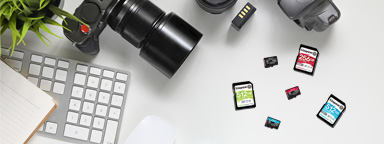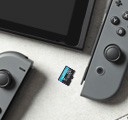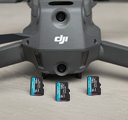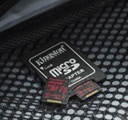Dash cams have found a niche in the consumer world as a handy means of documenting your time behind the steering wheel and as a virtually fool proof method to record evidence. Examples of the former would be recording your travels to and from work and scenery encountered driving on a trip or perhaps making a video of your neighborhood to use in selling your home. In the latter case, dash cams are a terrific way to prove who is at fault in a traffic accident or to capture incidents happening around your parked vehicle.
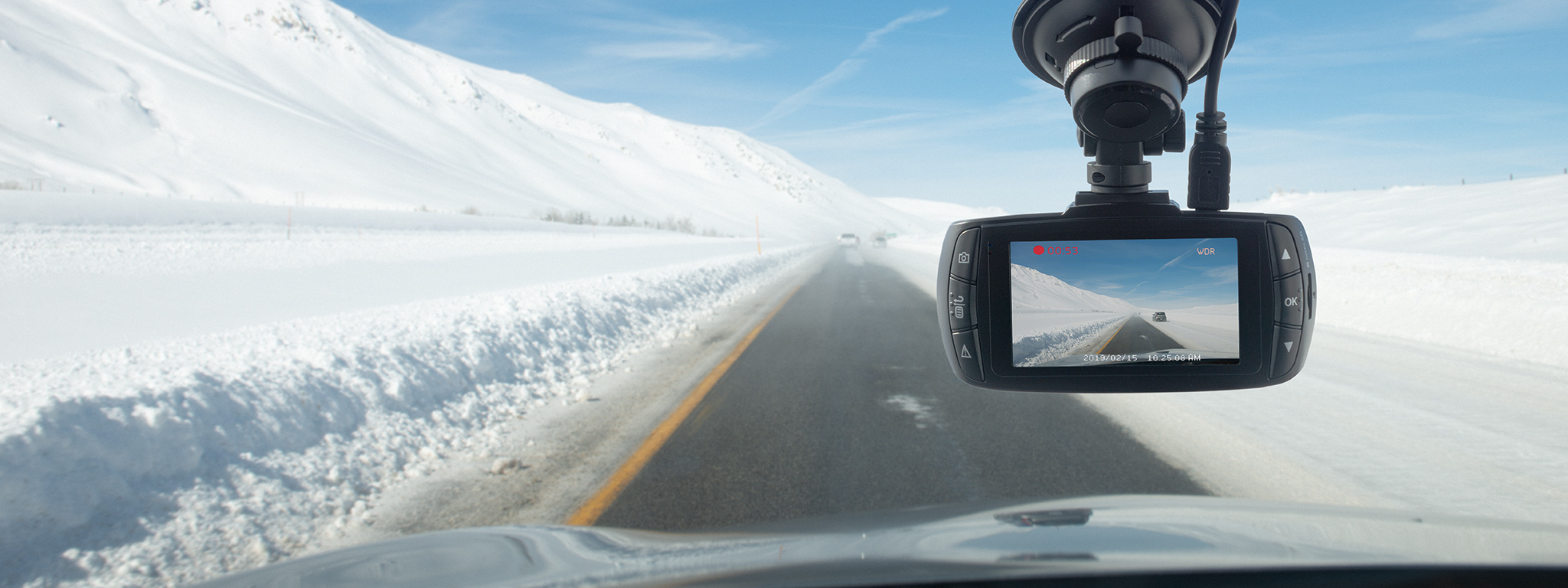
Choosing Storage for Your Dash Cam
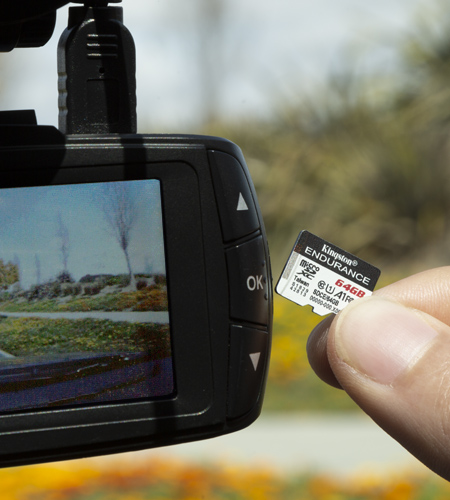
Virtually all dash cams use SD (Secure Digital) cards but most are gravitating toward microSD cards. Even if your dash cam only takes SD cards, an SD adapter allows the use of a microSD.
Storage is a crucial component in using a dash cam. At first glance, it might seem logical to use a memory card with a large capacity since the unit may be recording for a long stretch of time. But there is a major flaw with that. Basic memory cards have a limited life. While it is highly unlikely that such a card used in a digital camera, smartphone, GPS unit, or the like would ever reach end-of-life status, dash cam usage is entirely different.
A high-endurance card, designed especially for heavy use and write-intensive applications, is critical in dash cam usage. Over time, a dash cam will write and rewrite hundreds, if not, thousands of times. High-endurance microSD cards are engineered for this and for use in harsh conditions such as leaving your car parked on the street in the dead of winter or in the crazy heats during the summer. Some are durable enough to protect themselves from extreme temperatures, shock, and water.
Selecting the correct write speed is essential. Too slow a speed leads to dropped frames and poor video quality. On the other hand, too fast is overkill and won't necessarily improve the video's quality. Generally, Class 10 (10MBs per second) does the trick even if you record 1080p HD images.
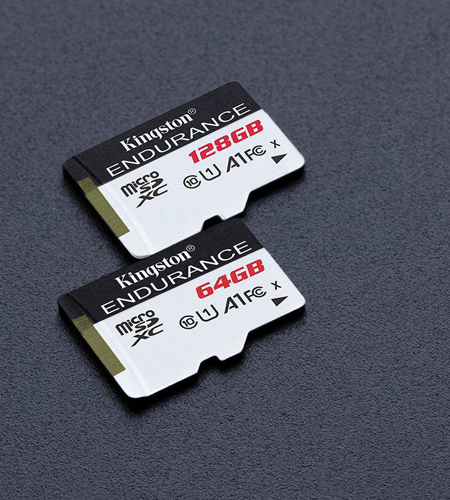
Here are a few things to consider when choosing a memory card for your dash cam:
- Resolution – The higher the resolution, the greater the storage space requirement. 4K images take up way more space than 1080p images which use quite a bit more space than 720p.
- Rewriting – Dash cam memory cards are overwritten numerous times. A larger memory capacity reduces the number of write cycles and extends the life of the card.
- Usage Time – Generally, one hour of 1080p recording uses approximately 6GB. Driving two hours a day, five days a week would need about 60GB worth of storage or a 64GB card.
- Frame Rates – Dash cams generally shoot 30 to 60 frames per second. The 60fps provides a higher quality image but also takes twice the storage space and 30fps video produces good quality.
- Capacity – It’s important to keep in mind the capacity of your card. What’s the maximum capacity and at what point does it stop recording? Does it automatically loop back to the beginning and overwrite older recordings? Either way, it pays to know the functions of your camera in relation to your storage memory cards.
The main thing to remember when purchasing a memory card for your dash cam is that high-endurance cards are necessary when compared to general purpose cards. Also, try to find one that is durable and comes with a warranty since it could wear out over time. The memory card with the right performance and capacity can help dash cams run for a longer period. It’s worth investing into quality, reliable memory cards for your dash cam to ensure that you get high-quality footage with your dash cam at any given time or place when you need it most.
#KingstonIsWithYou




